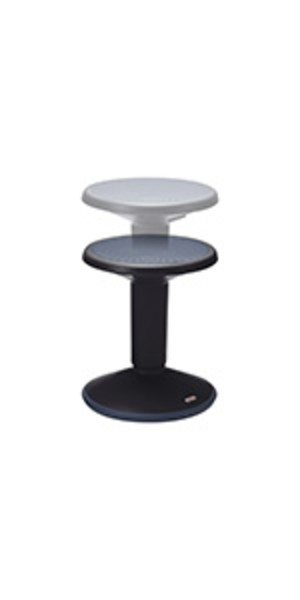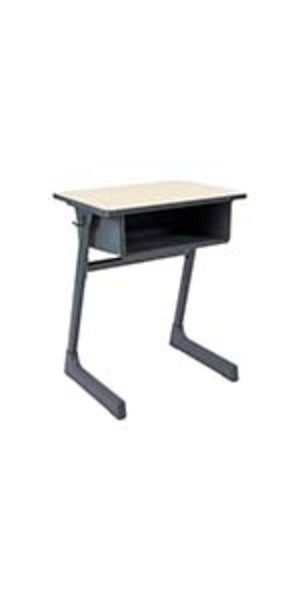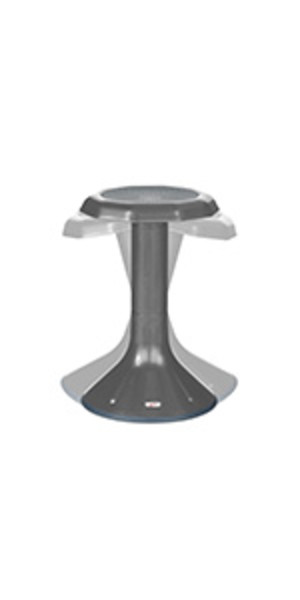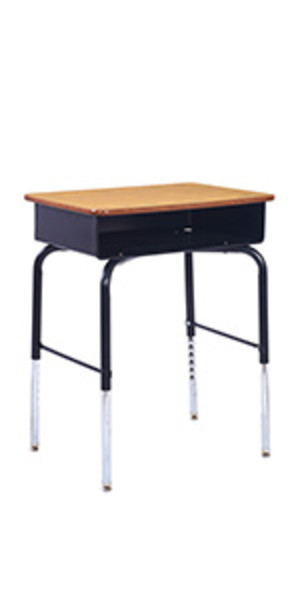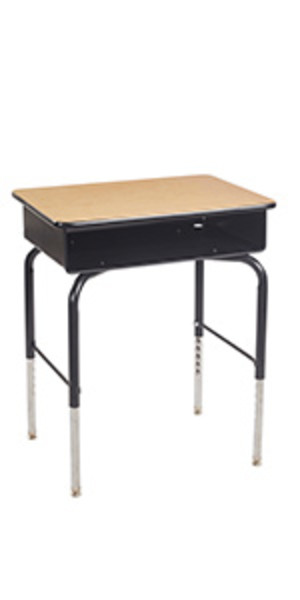
Developmental Benefits
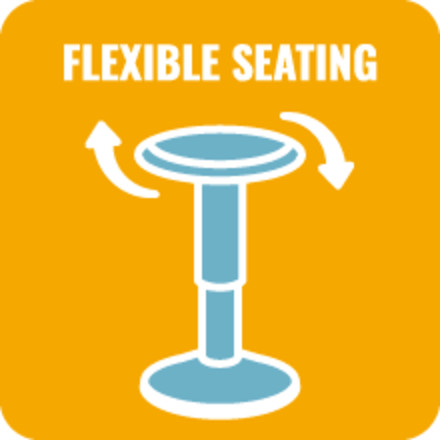
Flexible Seating
Active seating supports the body’s natural need for movement. Seats that rock, swivel, and tilt encourage good posture, core strength, and alertness. Students can also quickly and easily pair up, work in small groups, or discuss as a whole. Learners feel empowered by having some degree of choice and control over their environment.

Social Interaction
Traditional seating can make students territorial over their space and supplies while alternative seating encourages students to share both. Choice of seating encourages collaboration with others and helps to produce cognitive and emotional growth. Dynamic learning environments should be conducive to open collaboration, communication, creativity, and critical thinking.

Flexible Layout
Wobble stools are a great alternative option for traditional desk chairs, allowing students to easily move and set up a personal learning station. Giving students choices about their physical classroom space and teaches them higher-order thinking skills, like emotional and problem-solving skills. Providing a variety of different seating addresses various needs while making arranged seating easier to change out.
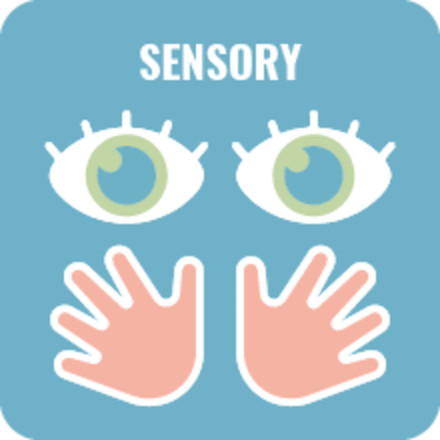
Sensory
Seats that rock, swivel, and tilt encourage good posture, core strength, and alertness. Constant small movements help engage the body and mind, aiding concentration. Dynamic seating can help sustain attention and focus by creating an outlet for fidgeting and wiggles.


